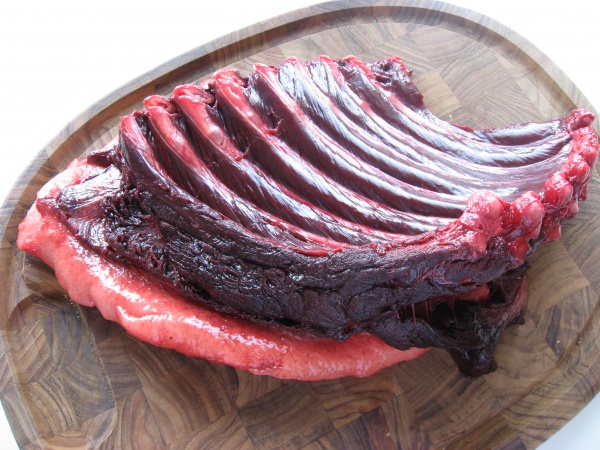Facts About Greenlandic cuisine
Greenlandic cuisine is a fascinating blend of tradition and modern influences, deeply rooted in its natural surroundings. The diet primarily revolves around high-protein meats from marine mammals, game, birds, and fish. Over the years, Danish, British, American, and Canadian culinary traditions have also left their mark on Greenlandic dishes. During the milder summer months, meals are often enjoyed outdoors.
At the heart of Greenlandic cuisine is suaasat, the national dish. This hearty soup can be made from seal, whale, reindeer, or seabirds, flavored with onions, potatoes, salt, and pepper. Seafood is a cornerstone of the diet, with various fish, mussels, and shrimp frequently appearing on the menu. Marine mammals like narwhal and beluga whale are also important, with specialties such as mattak, which is raw hide with a layer of blubber.
On land, caribou, lamb, mutton, and musk-ox are popular meats, often served in diverse preparations, including tartare. Bird hunting is a widespread activity, and several species are legally hunted. To add a touch of sweetness and variety, berries like blueberries and crowberries, along with seaweed and selected plants, often accompany meat dishes.
When it comes to beverages, Greenlandic coffee and ice beer stand out. Ice beer is particularly unique, brewed from 2,000-year-old Arctic ice by local breweries. Due to historical restrictions on alcohol sales, homebrewing has become a part of Greenland's culture.
The availability of food can vary significantly across regions. Grocery stores offer essentials like coffee, tea, biscuits, and potato chips. In urban areas such as Nuuk, the variety of fresh fruits and vegetables is greater compared to more remote regions, where ice cover and seasonal delivery methods can affect supplies.
